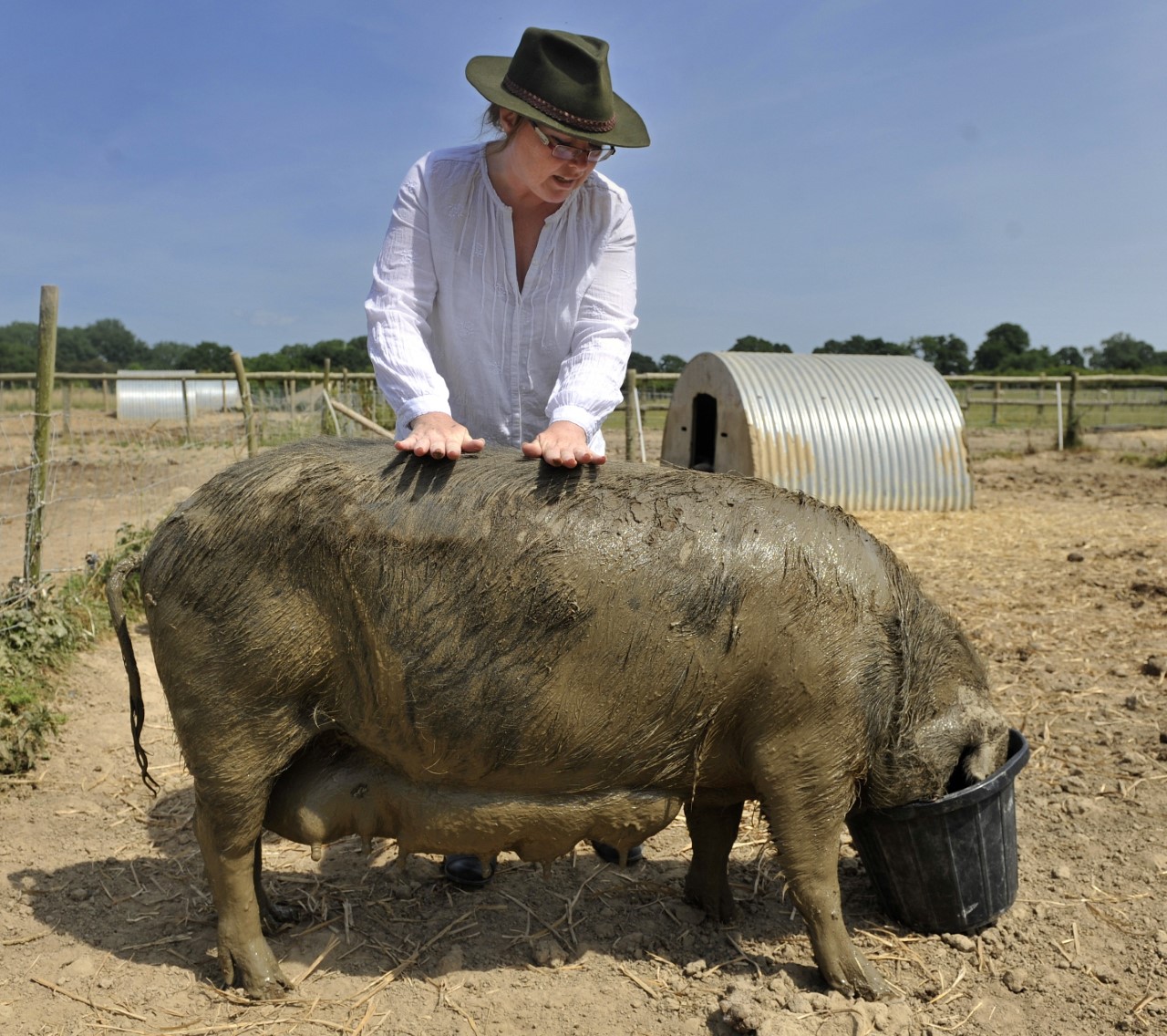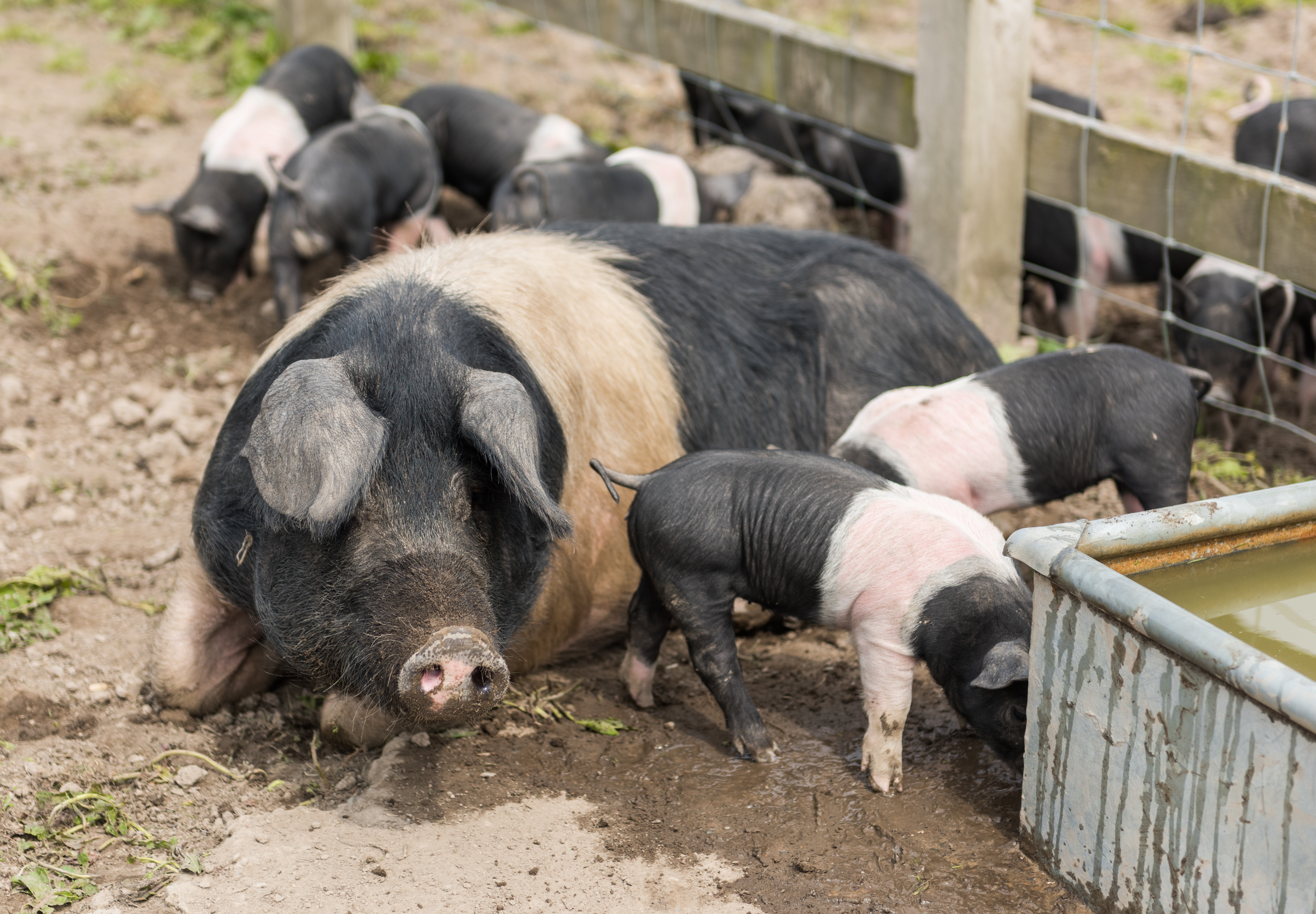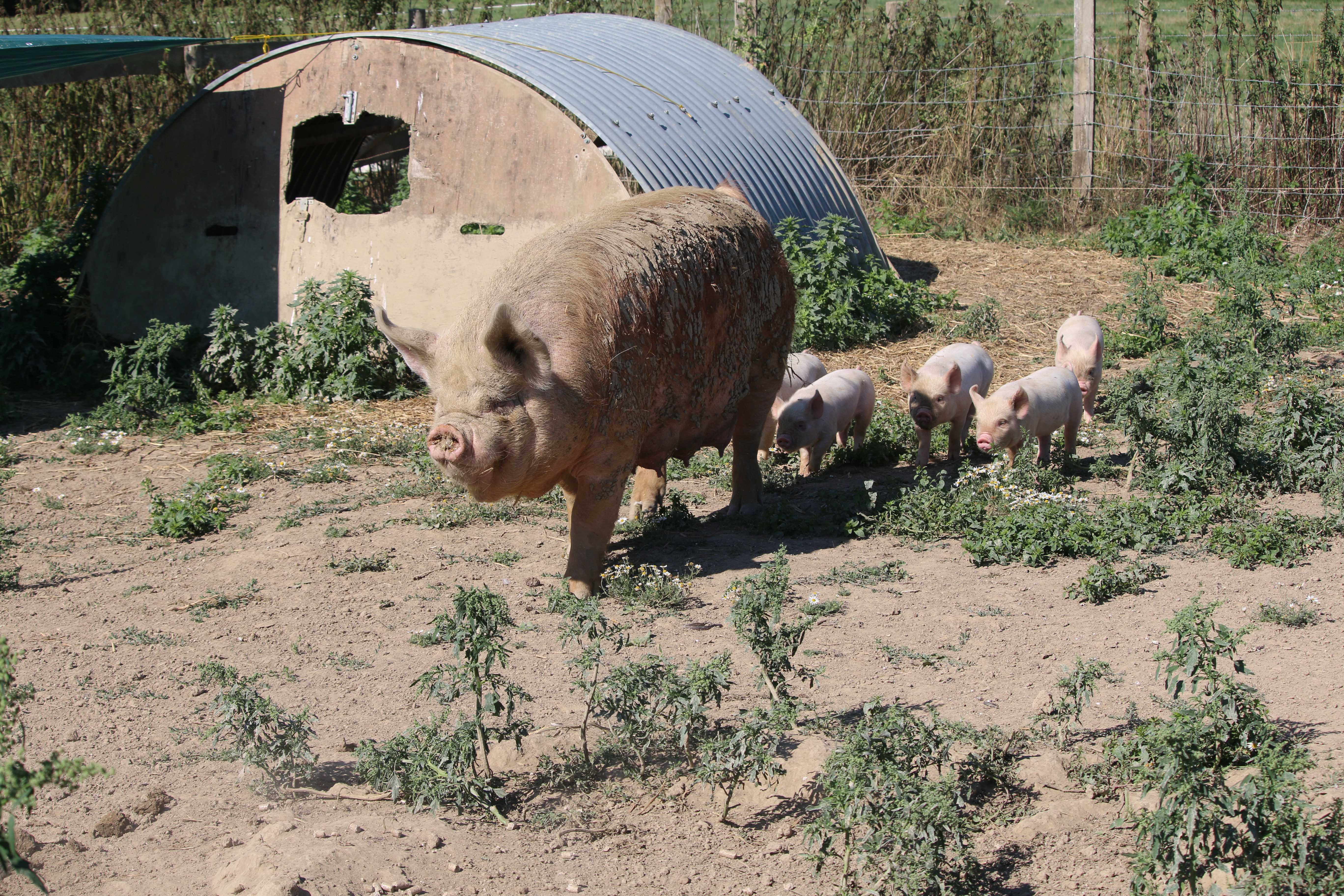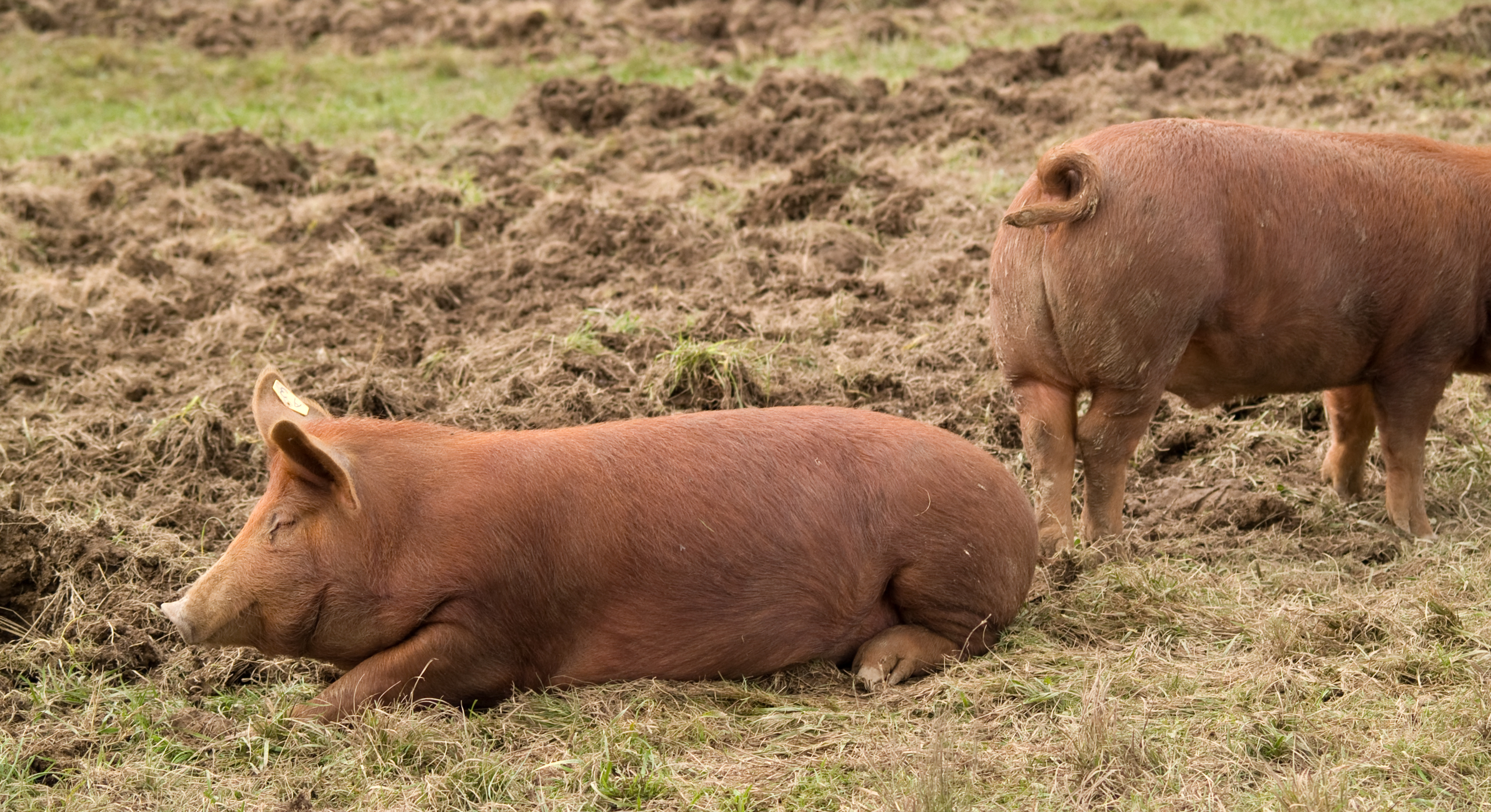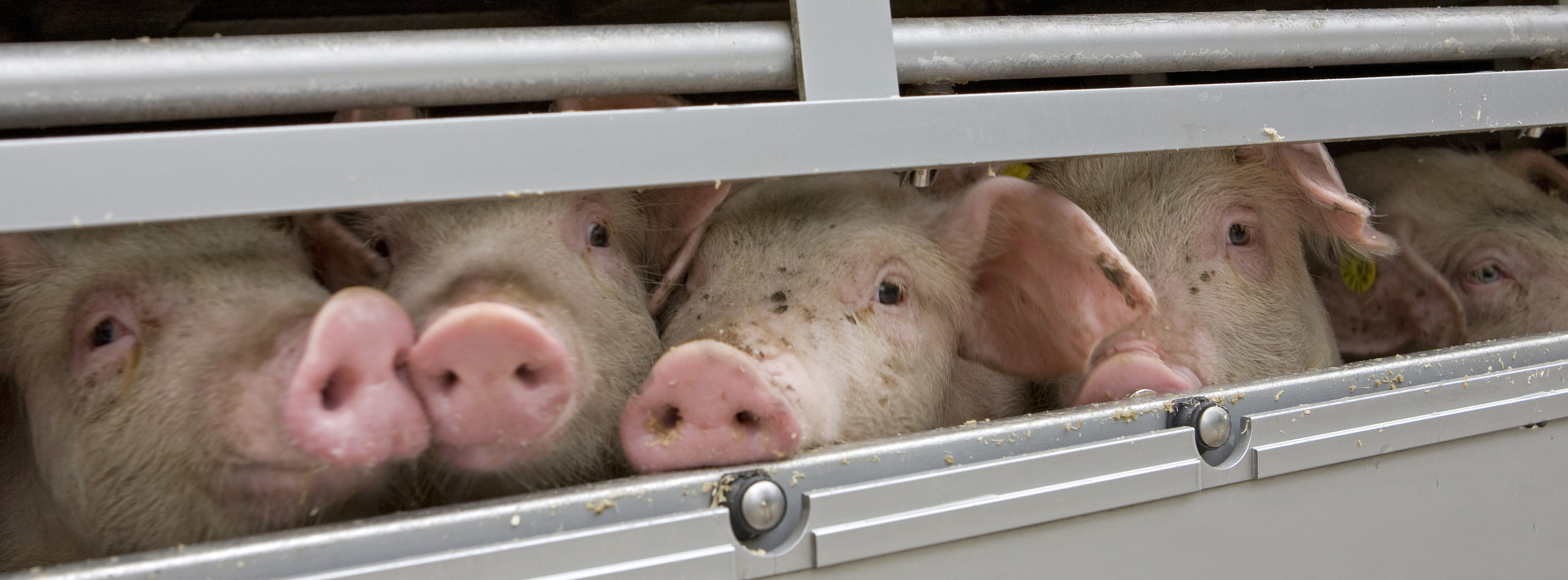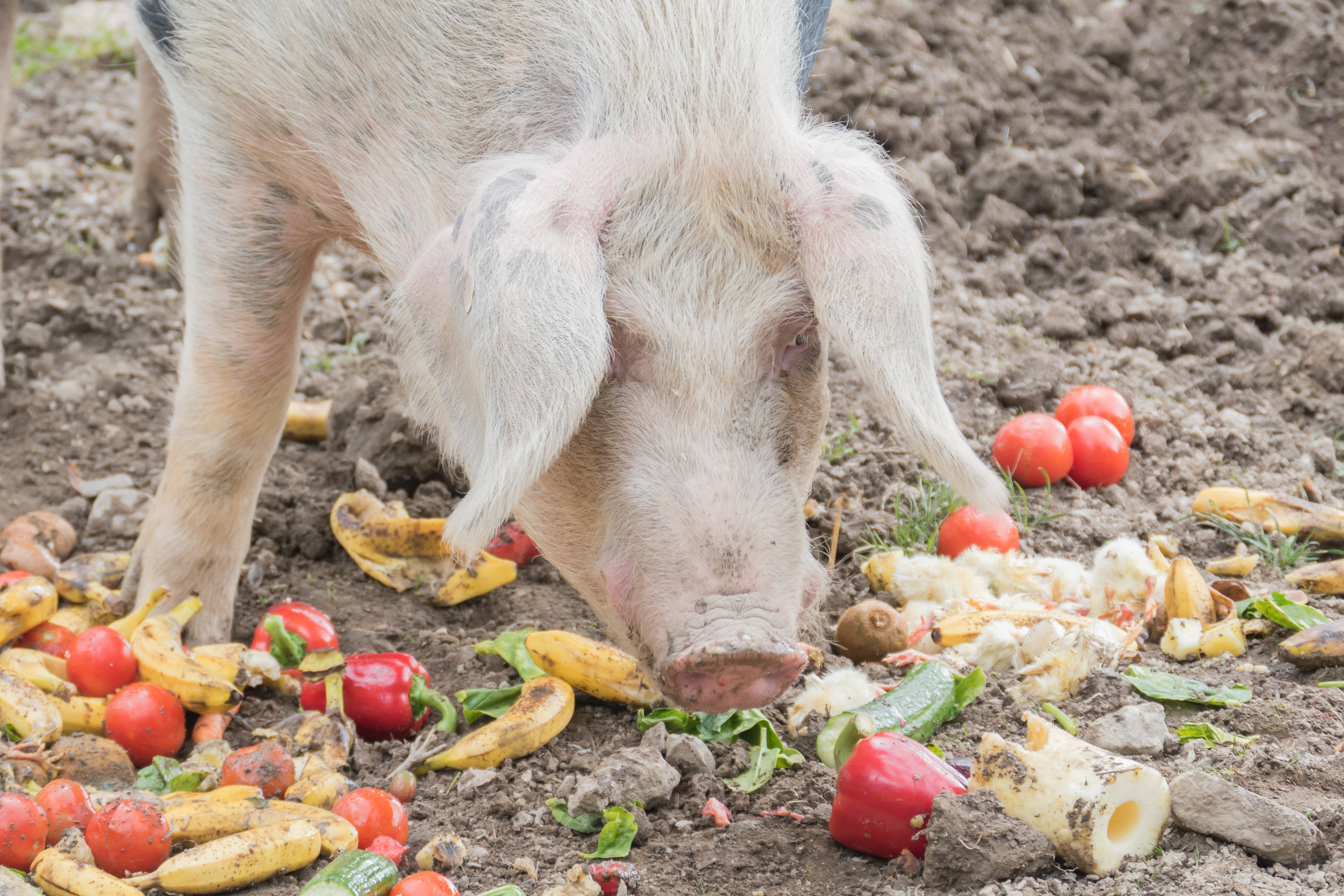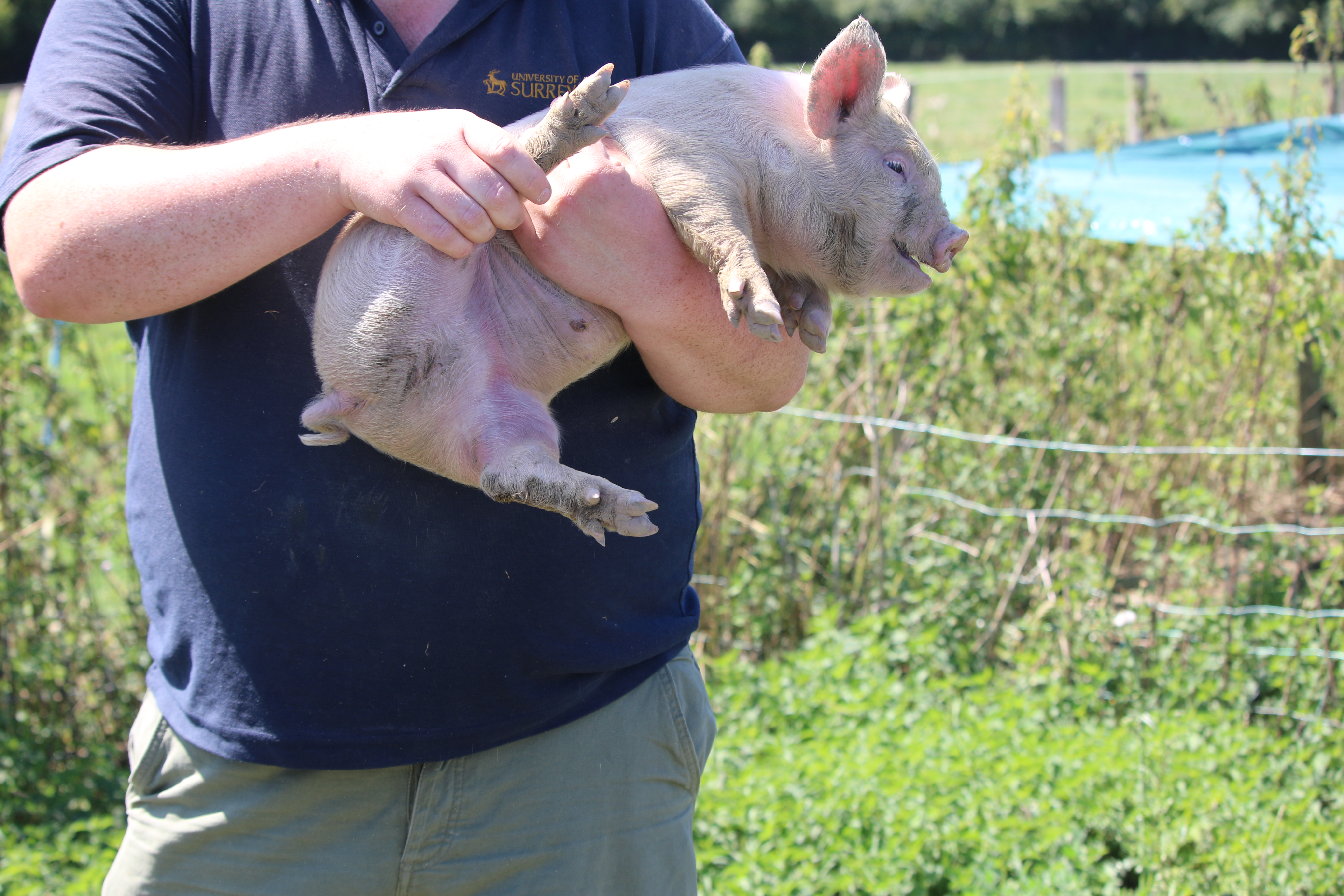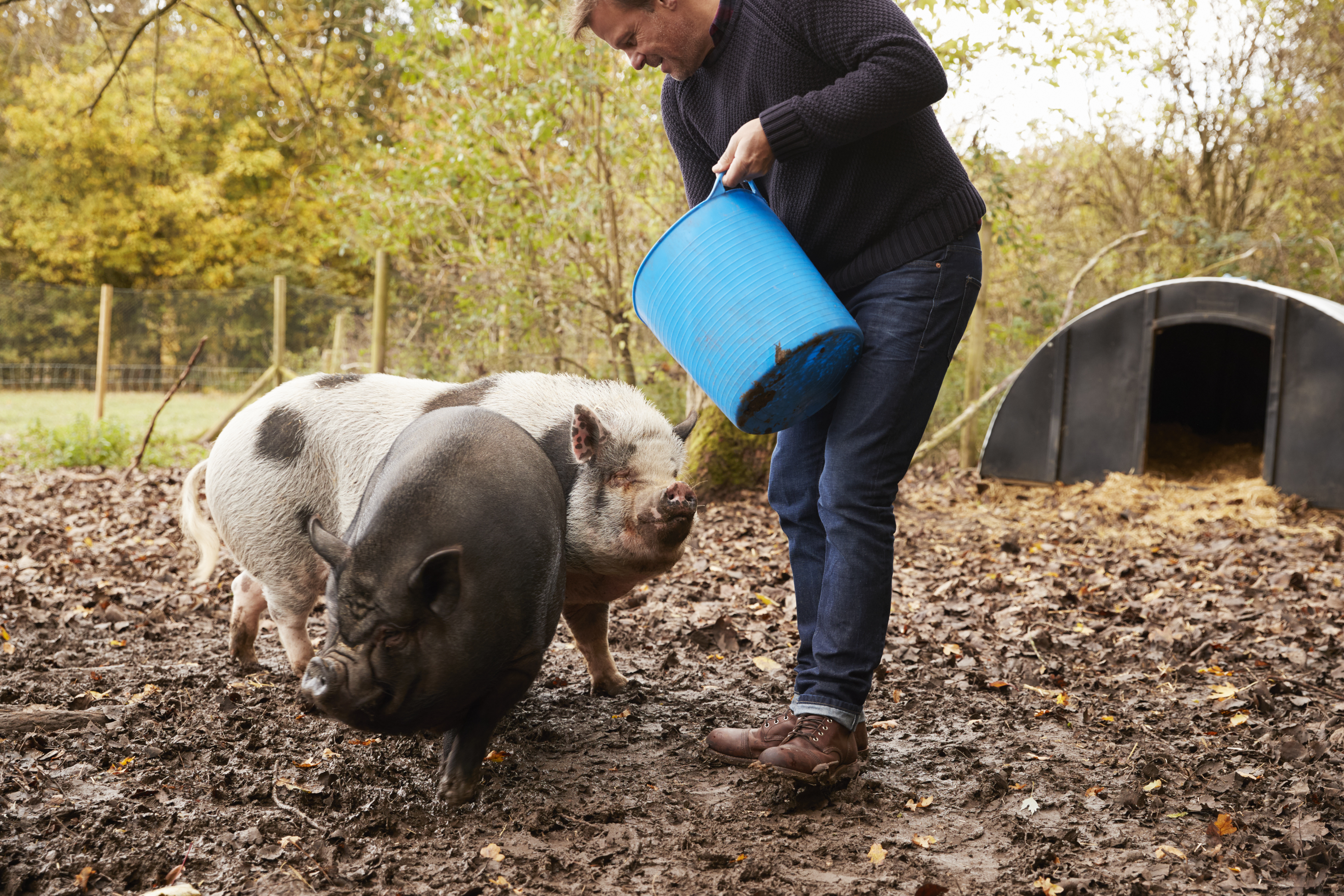



Small-scale pig keeping: back to biosecurity basics
Research scientist and pig farmer Dr Michaela Giles launches her series of insights for smaller herds with a reminder of the unique biosecurity challenges faced by the smallholder pig keeper.Part of Series:
Next Article in Series >
There is a wealth of biosecurity guidance targeting the commercial producers that can, by and large, be applied by all pig keepers. However, there are extra risk factors for smallholder practices that would benefit from additional biosecurity advice. These concerns are rarely mentioned in commercial circles as they simply don’t occur.
In the arena
Exhibiting your pigs involves a major risk of bringing home a disease to your herd. For this reason it is important to design a biosecurity plan for the show season. The example below illustrates a pre- and post-showing health plan for exhibited pigs.
- Set up an isolation paddock/building well away from your main herd, following the Defra-approved on-farm isolation guidelines.
- Ensure all vaccinations and de-worming treatments are kept up to date.
- Place pigs to be exhibited in the isolation facility for at least 20 days prior to the date of the show.
- Place all returning show pigs into the isolation facility, preferably scrubbing their legs with soap or antimicrobial skin cleanser – for example, HiBiSCRUB – to assist in removing possible external contaminants such as parasite eggs and bacteria.
- Clean and disinfect your trailer, including the wheels and those of the towing vehicle.
- Attend to these pigs last and either have separate clothing and boots or disinfect your boots thoroughly with an approved disinfectant, and wear different clothes the next time you attend the main herd.
- After the last show, keep the pigs in the isolation facility for at least 20 days – but preferably longer – and de-worm again before returning to the main herd. Also check for the presence of lice and treat if required.
- Throughout the show season, disinfect any buildings the pigs are kept in regularly. If you used an outside isolation facility, rest the paddock when not in specific isolation use and consider a lime-based outside disinfectant at the end of the season – for example Saniblanc D.
These may seem like over-the-top measures but they are an excellent way of reducing the risk to your main herd, including the most susceptible group: newly weaned pigs. The year 2016 saw an increase in the incidence of erysipelas across the UK’s pig herds including, anecdotally, exhibited pigs. Including a twice-yearly vaccination for erysipelas in your show biosecurity plan is an excellent call.
Boar hire
Boar hire is often a necessity for the small-scale keeper, and on many occasions the boar or visiting sow only has three to six weeks in which to achieve the aim of the visit. Clearly this can cause issues with regards to biosecurity: if you wait until the boar or visiting sow has completed their time in a biosecure facility before being introduced, then time to ensure conception is greatly reduced. Equally, you cannot introduce the two animals without prior isolation.
Although not an ideal solution, you have the option to put both the sow(s) you wish to cover and the boar into your isolation paddock until the end of the period of time allocated for conception. The host boar or sow can then be isolated again as if it were a new pig being brought in, and can be reintroduced to the herd once this period is over.
If you apply for approval of your isolation facility by a UK government-approved Official Veterinarian, then you can use it formally to circumvent the standstill regulations on the pigs kept in your main herd.
Buying weaners and new stock
Buying weaners from a good source, which have been de-wormed before arrival and weaned for at least two weeks, gives you a good head-start on buying robust healthy animals. Recently weaned pigs are the most immunologically susceptible to pathogens, especially when you add in the stress of moving to a new home. Some pathogens may not cause a problem in the pigs in one herd due to immunity but may cause an issue on another farm without immunity (otherwise known as a naïve herd), so adhering to isolation protocols for recently purchased pigs is a must.
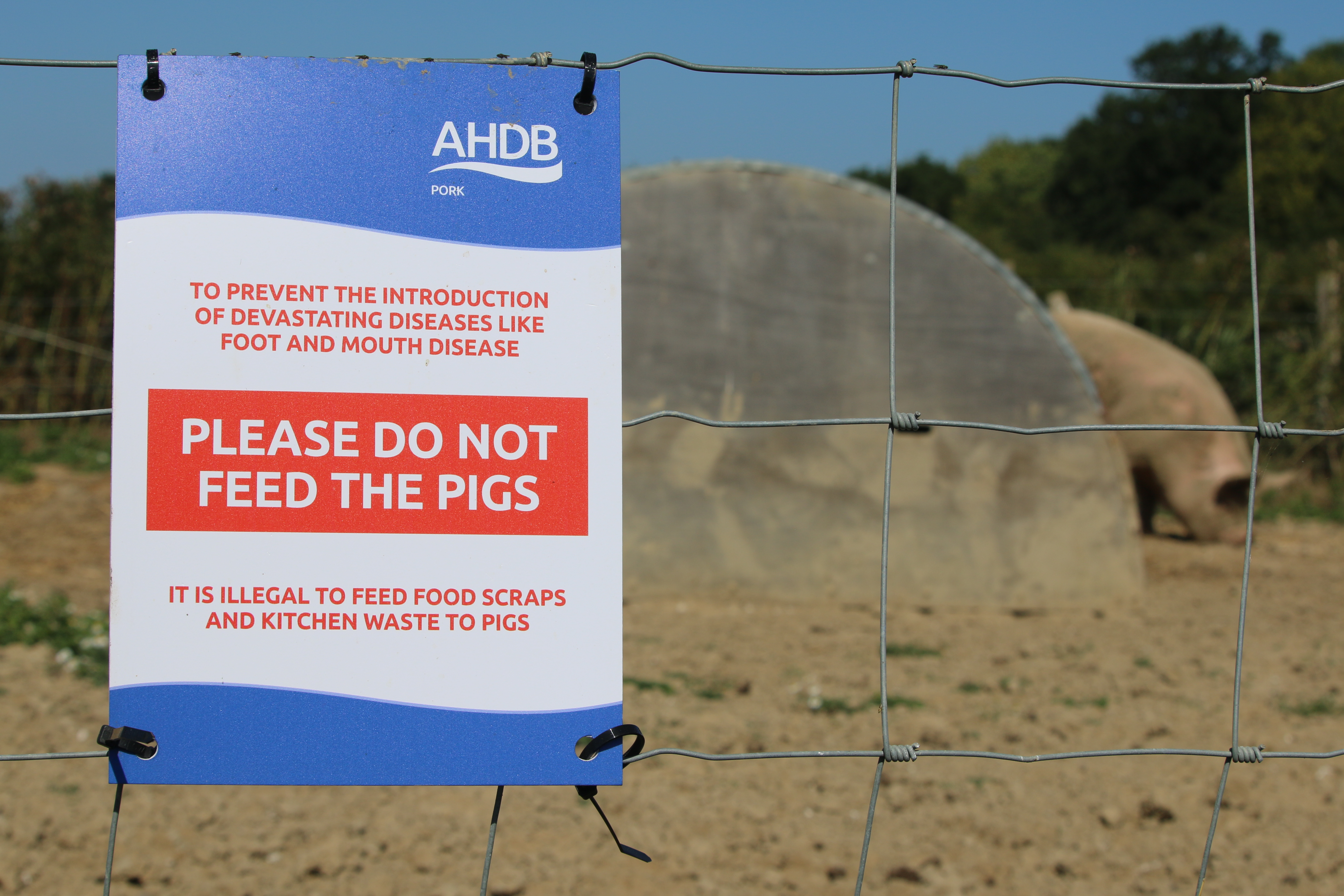
Biosecurity breaches
Agricultural merchants and abattoirs may be a great meeting place of pathogenic organisms, both on vehicle tyres and on footwear. Every farmer in the area seems to walk about with their muddy boots on, so either wear different, non-farm footwear or disinfect footwear thoroughly after frequenting such establishments. Ditto for vehicles and their tyres.
Footpaths can be a potential biosecurity breach point, particularly from those folks who, after hiking through many of your neighbours' farmlands, don’t stick to the designated path and allow their dogs to go where they like. Ideally, keep your pigs behind gated fences where direct contact is minimised and place biosecurity warning signs on any gates.





